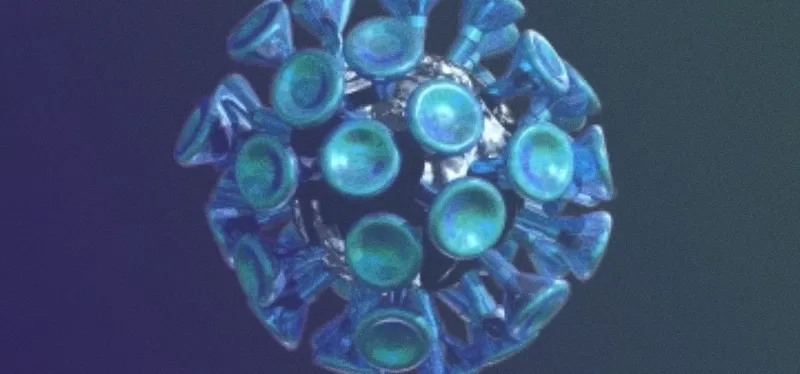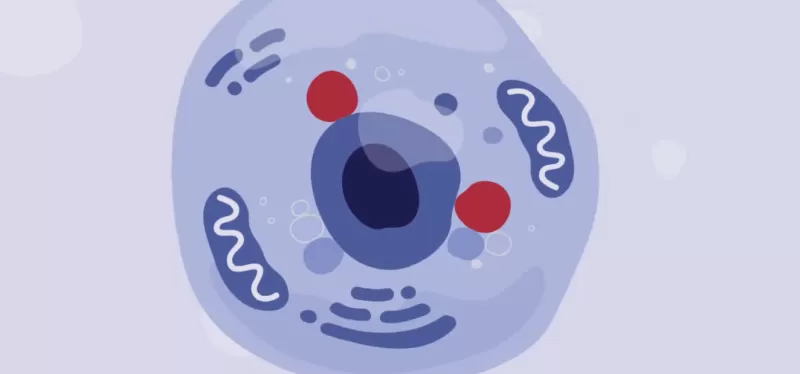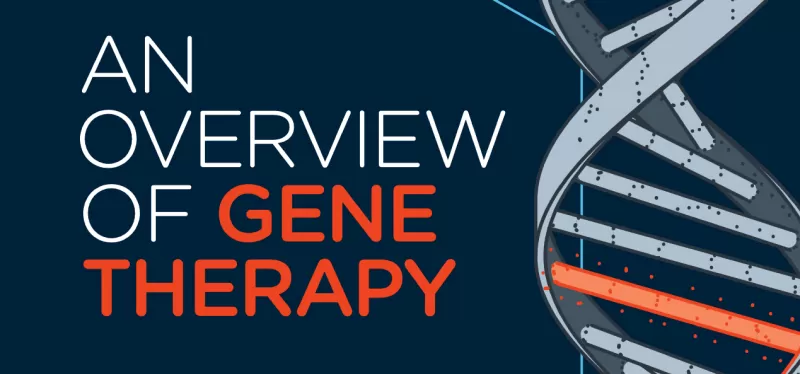Viral Delivery
The Gold Standard
Nature has evolved a very efficient way of delivering foreign genes into cells: viruses! Scientists have figured out how to hijack this ability and use it to deliver genetic medicine cargos.
There are a number of different viruses that can be used. The current gold standard for delivery to the brain is adeno-associated viral vectors (AAVs). AAVs are non-integrating which means that the cargo they deliver into cells does not typically insert itself into the cell’s genome, making it safer. They can also persist in cells for a prolonged period of time—possibly even a lifetime. AAV9 is the vector that both Neurogene and Taysha are using in their Rett gene therapy clinical trials.
Many scientists, both in academia and industry, are working hard to identify AAVs that can target brain cells even better than AAV9.
Some Challenges
Exposure to AAVs causes an immune response, so an individual can only receive an AAV once in their lifetime. Scientists are working on strategies to evade the immune system and, in time, it’s likely that this issue will be resolved.
AAVs have a limited cargo space. The MECP2 gene fits comfortably but some of the editing cargos are too big to fit into a single AAV. Efforts are underway to reduce the size of editing cargos so they can fit into a single AAV.
The manufacturing process is expensive and complex and is partly responsible for the high cost of gene therapy.

Despite these challenges AAV remains the gold standard for delivering genetic medicines to the brain.






